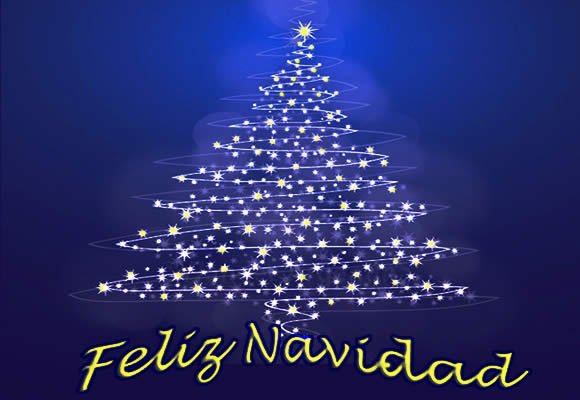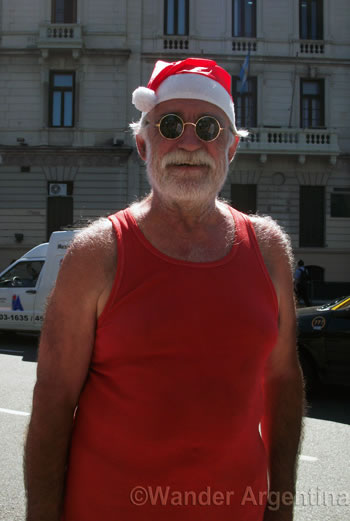What is Christmas like in Buenos Aires?
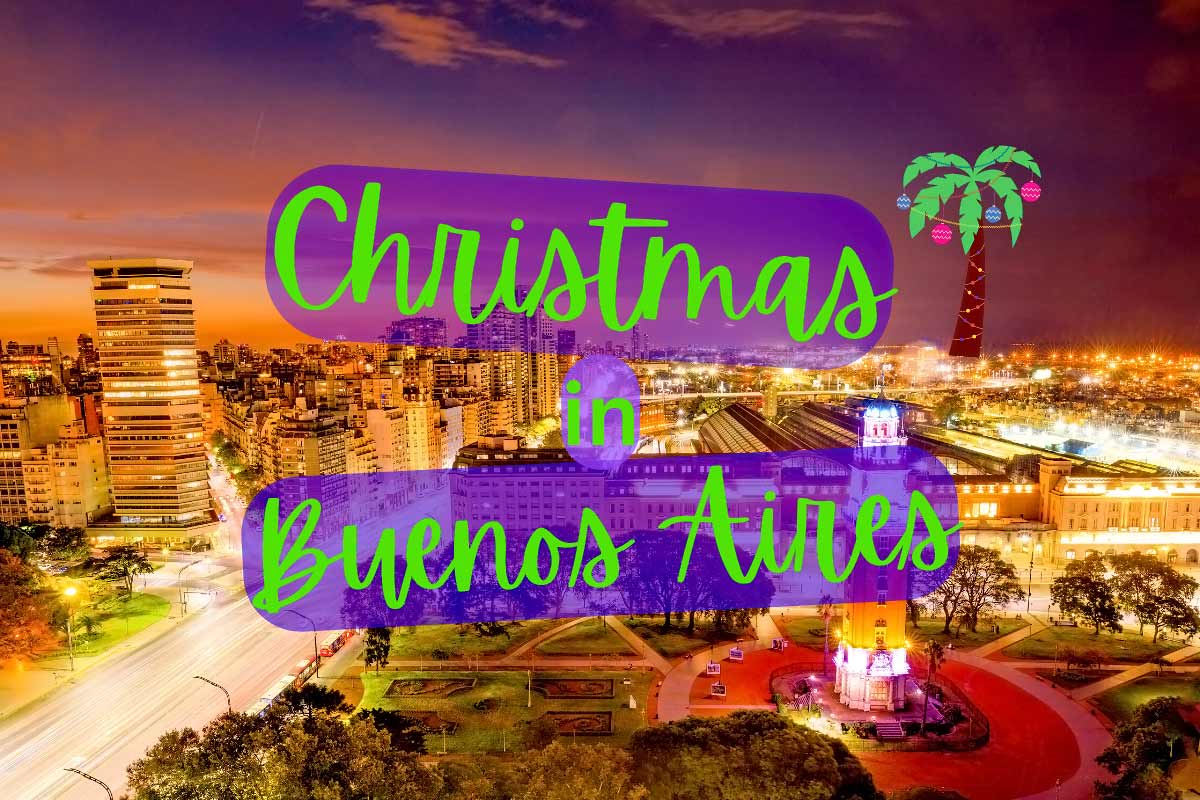
And how does Argentina celebrate Christmas?
Fireworks, warm temperatures, calorie-laden food, and dancing until dawn — Navidad in Buenos Aires is a party that is literally not for the faint of heart.
It may be Christmas, but It’s Hot as Hades!
Christmas falls in summer in the southern hemisphere, so traditions such as Santa Claus in full regalia, real pine trees and Christmas stories around the fireplace do not translate temperature-wise.
This means Christmas is a mash-up of European and South American traditions.
The main day of celebration in Argentina is on Christmas Eve and the evening plays out in a manner oddly similar to New Year’s Eve in other predominately Christian countries.
Argentine Christmas Traditions
The Christmas season is nicely contained by specific religious dates in Argentina.
It begins on December 8th, the Fiesta de la Virgen (Feast of the Immaculate Conception), an important Catholic holiday revering Mary.
It’s also a public holiday in Argentina and attending mass is obligatory for Catholics.
On this day families put out a nativity scene, the most important decoration in Argentina.
A faux Christmas tree with string up lights and decorations is less common, but a few families do it.
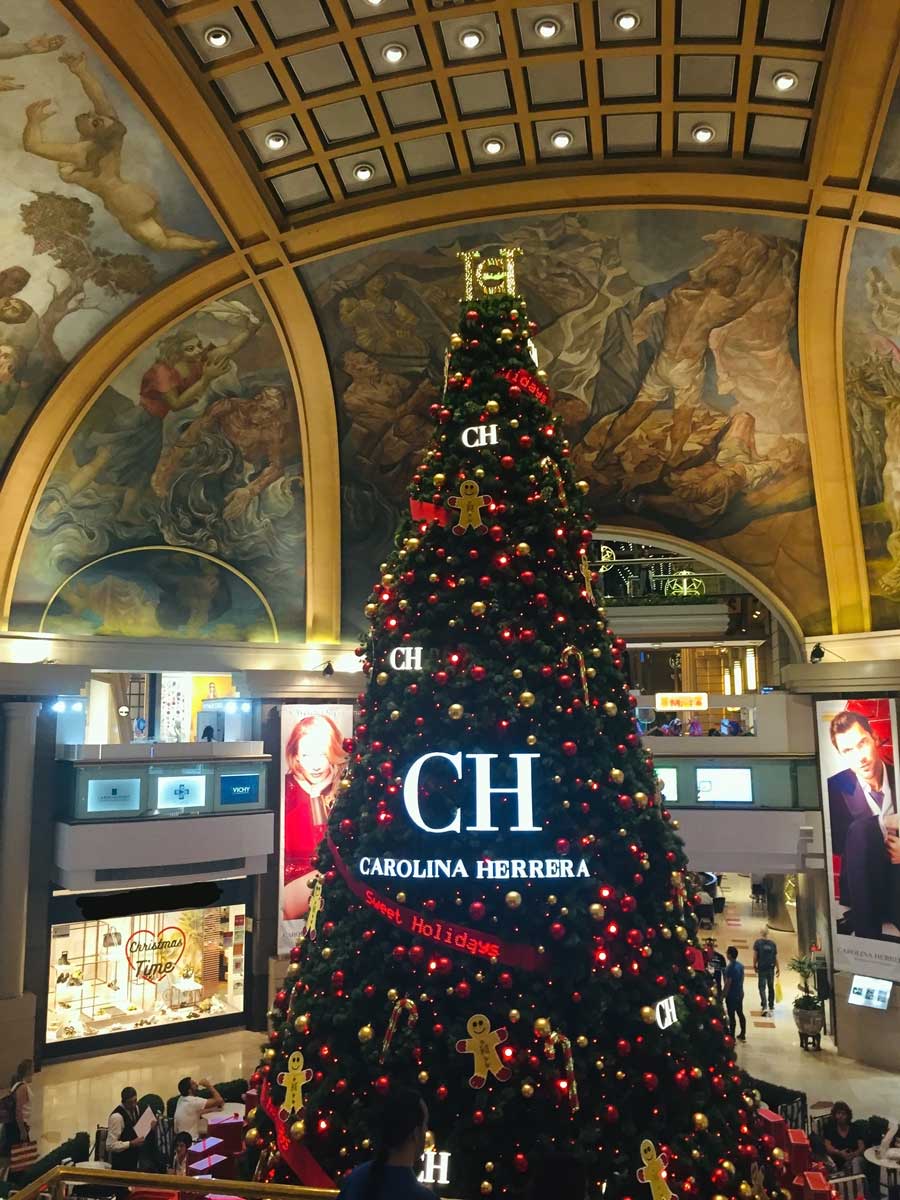
Argentines are 63% Roman Catholics according to the World Fact Book.
The number of Evalangicals has increased with migration from surrounding countries in the last twenty years, but the majority of the population celebrates Christmas in a secular manner.
Santa Claus aka ‘Papa Noel’
Parents can take kids to see Santa Claus in the days leading up to Christmas and snap a photo at major shopping malls.
In Buenos Aires these include Abasto Shopping, Alto Palermo, Dot Baires Shopping and Patio Bullrich.
Since the kids are out of school and it’s summer, those who have the funds usually go to a vacation getaway, often to the Atlantic coast or a quincha (country house) in the province.
A Christmas destination popular with well-off families is Punta del Este in Uruguay.
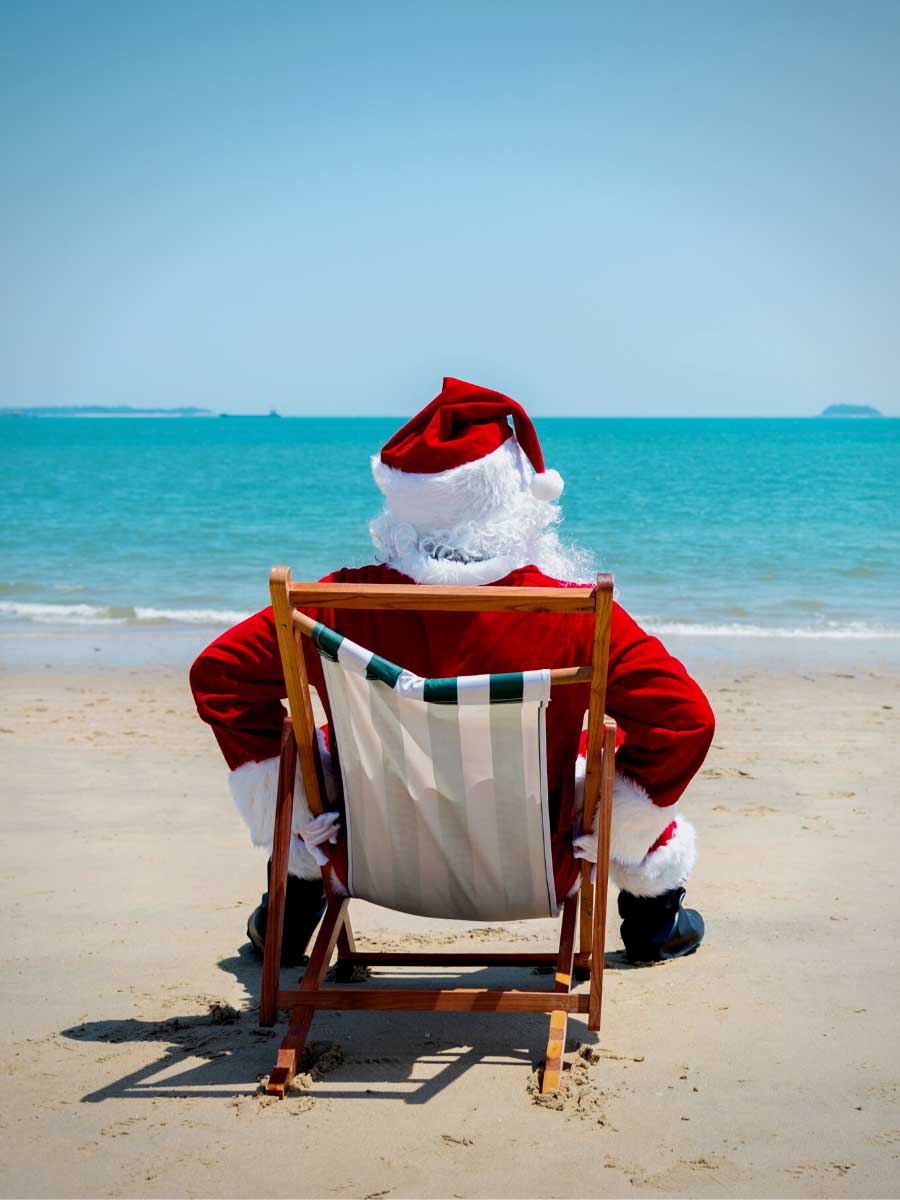
The benefit for those in Buenos Aires is that the city is relatively empty during the holiday season, with fewer people and traffic.
Attending Midnight Mass
Church bells ring at midnight on Christmas, but in urban areas not many people continue the tradition of attending the Miso de Gallo (Rooster’s Mass) at midnight.
Those who want to go to mass, but not miss the toast at midnight head to church earlier in the day.
Buenos Aires’ Catedral Metropolitana, where former Cardinal Jorge Mario Bergoglio (aka Pope Francis) led mass for many years until being chosen as pontiff, may have mass early with several on Christmas Day.
You can check the Catholic News Agency website for schedules.
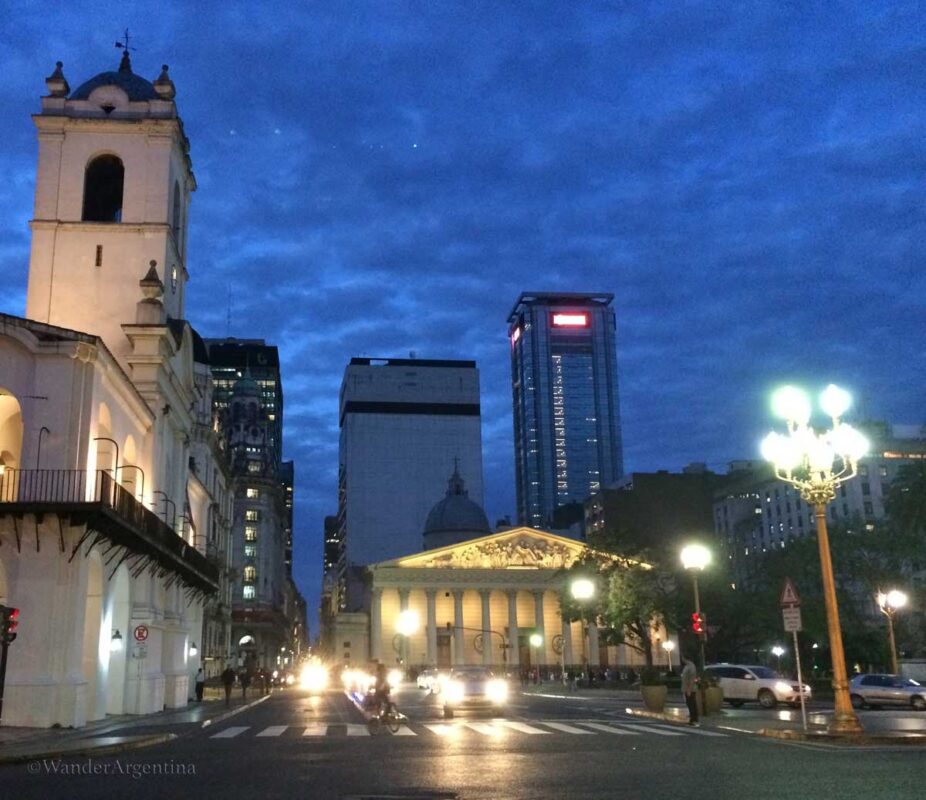
The central church in any city or pueblo across the country will most likely have a midnight mass, and it’s a chance to see the inside of some beautiful cathedrals.
Early in the evening, most people celebrate at home with friends and family on Christmas Eve, with some watching mass on TV.
Restaurants & Reservations
Visitors and those with no talent or time to cook may go to one of the many restaurants, high-end hotels, or tango dinner shows that offer a fixed-price menu on Christmas Eve.
Argentines will celebrate at any cost, and restaurants take full advantage – eating out on Christmas Eve comes at a premium.
Visitors who don’t have anywhere to go may want to consider smaller neighborhood spots or any one of the high-end hotels that offer a special Christmas menu or one of Buenos Aires’ many tango dinner shows.
Those planning to dine out will want to make reservations in advance for Christmas Eve.
Attire at your average Christmas party or restaurant in Palermo on Christmas Eve is semi-formal, with women donning summer dresses and men wearing button-up shirts, and weather permitting, a sport coat.
Buenos Aires is usually pretty casual except is some milongas, high-end clubs and places like the VIP salons of the Palermo Hippodrome.
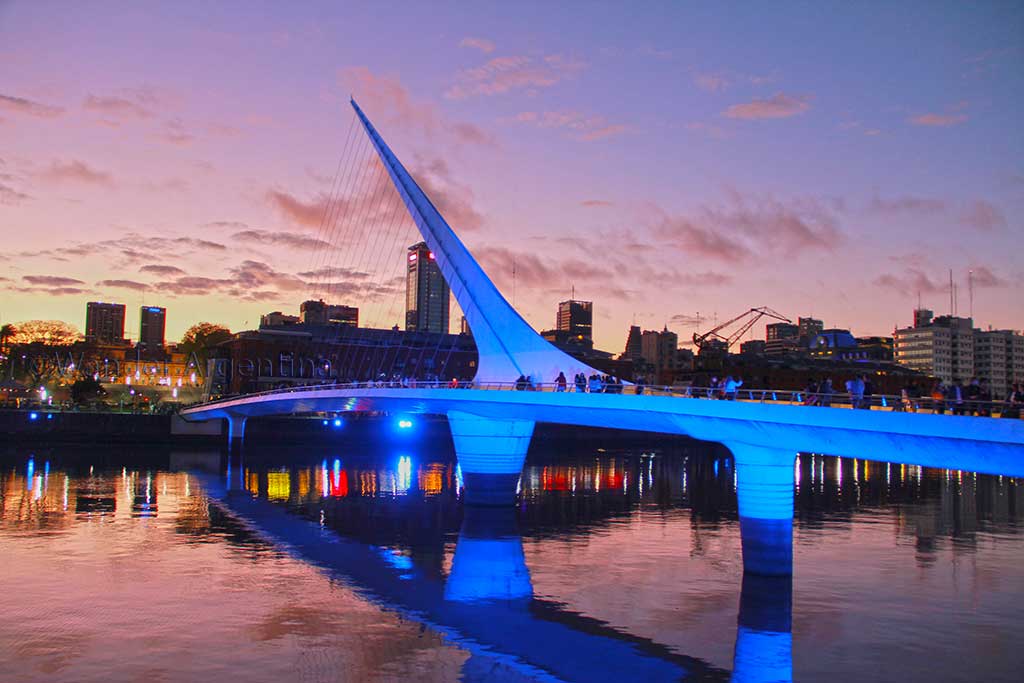
Madero Tango‘s Christmas Ball is a good choice. The show is among the city’s best (as confirmed by a local pro tango dancer) and the staff is enthusiastic and fun.
They also provide transportation home (thankfully, as it’s all you can drink!) all night so that those who aren’t quite as nocturnal as the locals can get to bed before sunrise.
At midnight, there is a fireworks display on the waterfront and there is usually a pretty good party on Christmas in Puerto Madero, where the show is located.
Younger people gather along the water on the docks or the Costanera Sur to hang out and party outside.
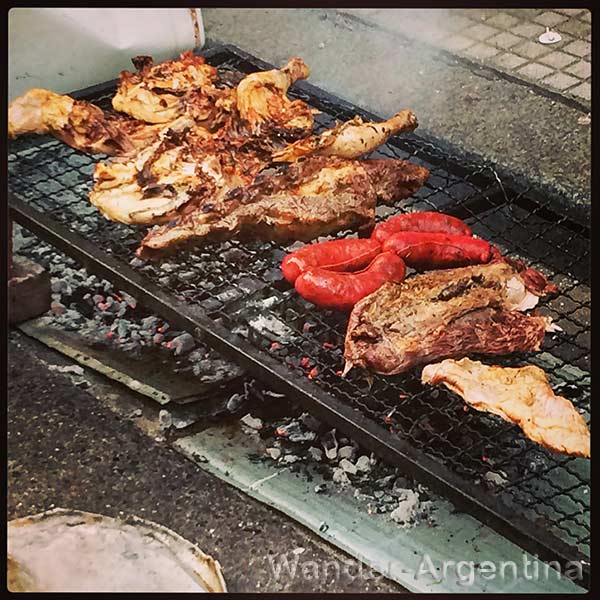
Santa Claus (aka Papá Noel) & Gifts
Unlike in many other South American countries, children in Argentina do write cards to Santa Claus.
The range and money spent on gifts depends on the family but is usually modest compared to more consumer-oriented nations.
Argentina is a nocturnal country, so no one bothers to send children to bed with threats that Santa won’t come if they don’t — instead, they find a way to distract them, at which point Mr. and Mrs. Claus place gifts under the tree.
The money spent on gifts depends on the socio-economic level of the family, the rate of inflation, and the state of the nation.
Most of the gift-giving is focused on younger children.
Families with older kids often exchange one gift with each member of the family.
Purchasing gifts for friends is optional, although bringing food or drinks to share, such as sparkling wine (not sidra hopefully!) for a toast, at gatherings is a common courtesy.
A loaf of Panettone is also a common item to bring when visiting people’s homes on the holidays, particularly earlier in the day.
An exception on the gift front is small token gifts — girlfriends sometimes present pink underwear as a gift to single gal-pals for good luck in finding love in the New Year.
Everyone toasts Merry Christmas at midnight on Nochebuena (Christmas Eve), and gifts are opened afterward.
Pyromania
Christmas in Argentina, and especially Buenos Aires, most resembles New Year’s when midnight strikes, everyone toasts and the skies alight with fireworks.
Plan to be somewhere secure and strategic at this hour to watch the fireworks.
While celebrating with fireworks has decreased in recent years, still in some neighborhoods the streets can resemble a war zone around midnight, with firecrackers popping everywhere, sirens blaring, a few stragglers on the sidewalk, and dogs running panicked.
In Buenos Aires, the adventurous may make their way to the Obelisco (not recommended) or a park such as the Bosques de Palermo (Palermo Forest) to watch the fireworks display.
Another classic — if slightly dangerous tradition — is to launch paper globes with candles inside, that allow them to float into the air.
Due to the fire hazard, this is seen less in Buenos Aires’ neighborhoods these days and more in other areas of the country.
The backlash against fireworks increased starting in 2012 when a polar bear died at the Palermo Zoo due to heat combined with the stress of the exploding skies.
Thankfully, partly in response the to Polar Bear’s death, the Buenos Aires zoo has been converted to an Eco Park.
As the headlines report at the end of every year, there are dozens of injuries across the country caused by pyrotechnics, so their unsupervised use is waning.
Nationwide legislation was passed in 2021 to only allow the sale of ‘low noise’ pyrotechnics.
Those who are firework-averse may want to consider going to more provinces and territories where fireworks are banned, such as Neuquén, Mendoza, Tierra del Fuego, Bahía Blanca, San Carlos de Bariloche and San Martín de los Andes for a quieter Christmas.
Christmas Eve Transportation Tips
Visitors need to know that in Buenos Aires there is little to no public transportation between the hours of 9 p.m. until at least 5:00 a.m. although this problem has improved with the availability of ride-share services.
Those who need to get to a destination by bus should leave early.
There won’t be many taxis on the street.
Ride sharing services such as Uber are better, but it’s best to travel outside peak hours or risk getting stranded.
It is good idea to stay off the roads during the party hours anyway — drunk driving is still a big problem in Argentina on holidays, and there are few police patrolling the streets on Christmas.
The Christmas Eve After Party & Christmas Day
Private Christmas Eve parties in Buenos Aires stretch until at least 3 a.m. on Christmas Eve, even in the most conservative of homes.
Bars and clubs start to open at around 2-3 a.m. on Christmas Day for Christmas Eve after-parties, and most young people head out to party all night.
On Christmas Day some are nursing hangovers or suffering sleep deprivation.
The day after Christmas Eve resembles New Year’s Day in other countries, with family and friends going around to visit each other while recovering from the night before.
If you love the loud ‘4th of July-style’ Christmas in Argentina, you can look forward to an almost identical celebration a week later, on ➡New Year’s Eve.
The Day of Kings on January 6 marks the official end of the Christmas season in Argentina.
→ Read about Argentina’s traditional Christmas food
→ Read about Argentina’s traditional Christmas Desserts and Sweets
→ Check out Christmas Tango Shows in Buenos Aires

